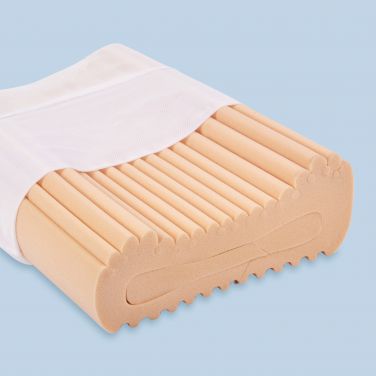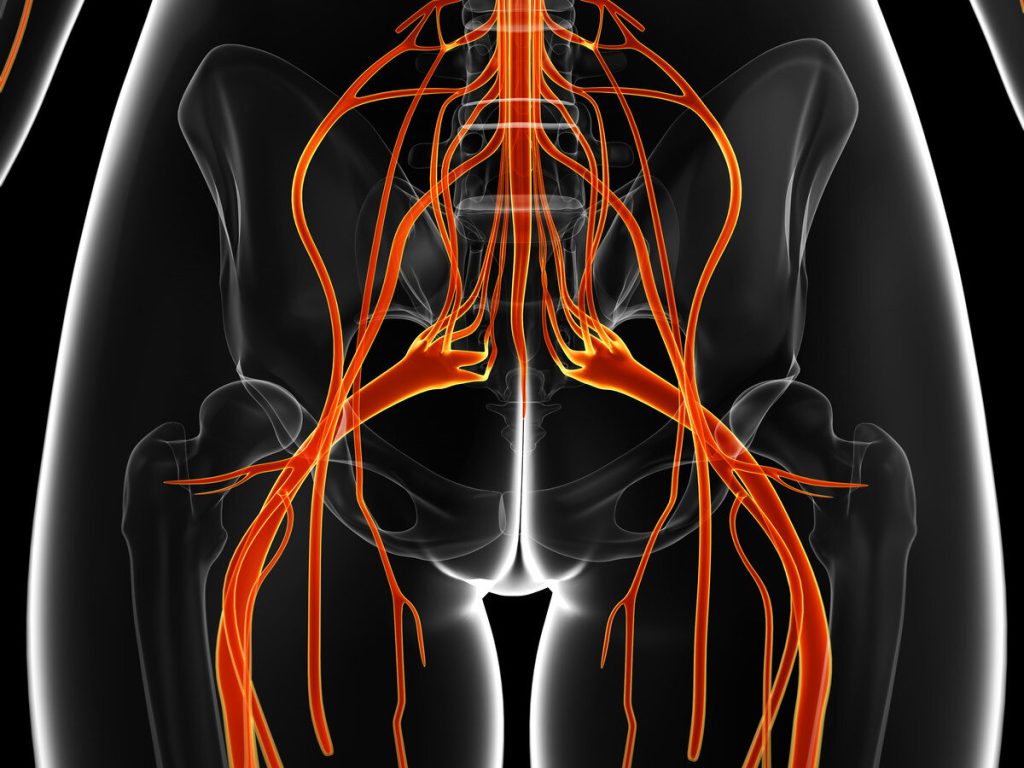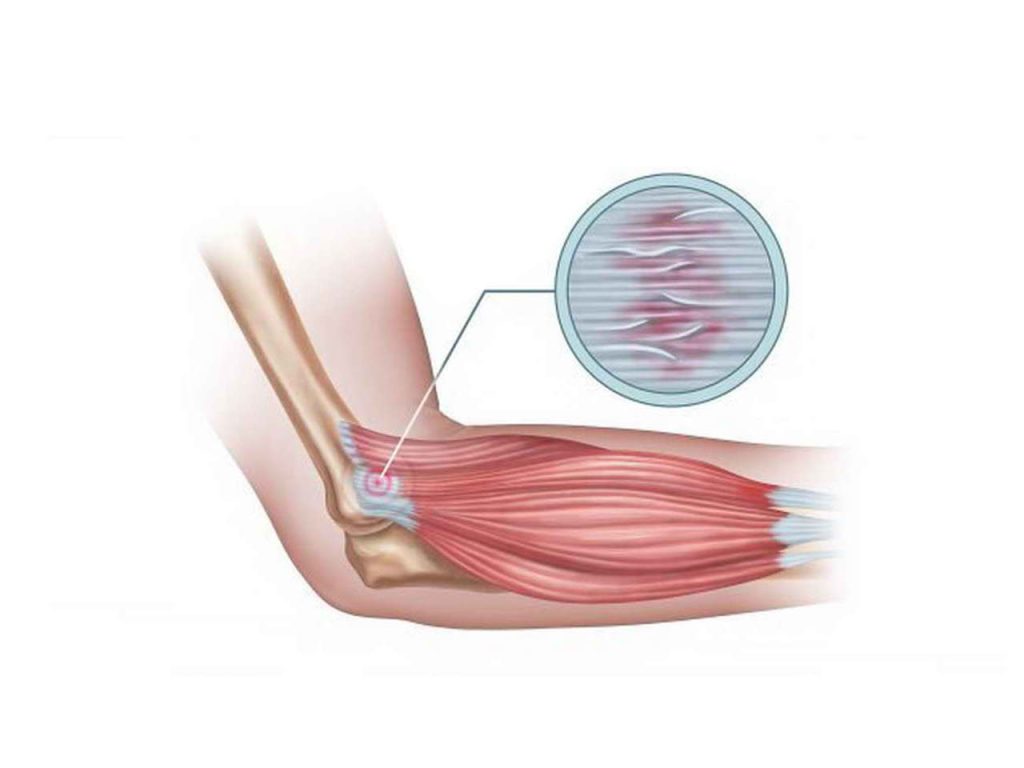Headaches
Headaches affect just about everyone at some point and they can present themselves in many different ways. Some people only experience pain in one part of their head or behind their eyes, some people experience a pounding sensation inside their whole head, and some people even experience nausea. The pain itself may be dull or sharp and may last for anywhere from a few minutes to a few days.
Headache is often described as a pain arising from the head or upper neck of the body. The pain originates from the tissues and structures such as arteries, veins, and nerves in and around the head and face can become inflamed or irritated, and lead to the pain of a headache. Because of the way our nerves are arranged in the head and neck, pain in one area can travel and communicate with another part of the head. Hence a problem in one area of the head or neck can be perceived as pain in another part of the head or neck.
According to the International Headache Society’s Classification of Headache Disorders, there are over 100 distinct types of headache. However, for our purposes here we will consider the following four types of primary headache:
- Tension type headache
- Cluster headache
- Migraine
- Cervicogenic Headache
Headache can be classified into two broad categories: Primary and Secondary. The most common type of headache is known as a primary headache, and accounts for around 90% of all headaches. These are commonly associated with tense neck and head muscles, resulting in pain.
Secondary headaches are a caused by an underlying problem. In other words the headache is a symptom of something else being wrong rather than the cause itself. Theses can include infection, or aneurysm, or tumors or other life threatening conditions. While they are relatively rare, it is important to recognise these types of headaches because the underlying disease causing the headaches may require urgent diagnosis and treatment.
Some of the more common triggers for headache are lifestyle related, such as poor diet, stress, alcohol, smoking, drugs and medication, poor posture, muscle tension, and lack of exercise.
Chiropractic for headaches works by releasing the areas of tension around the head and neck and jaw, and re-training the spine to prevent further headaches. Removing the causes of spinal stress addresses both the muscle and nerve tension and the resulting headaches. Advice on posture, ergonomics and sleeping positions may be beneficial to headache sufferers.
In Good Hands Chiropractic offers a safe, non-intrusive, and most importantly a long-lasting form of headache relief that benefits all members of the family.
For more information or to book an appointment call us on 0406 230 393 or book online












